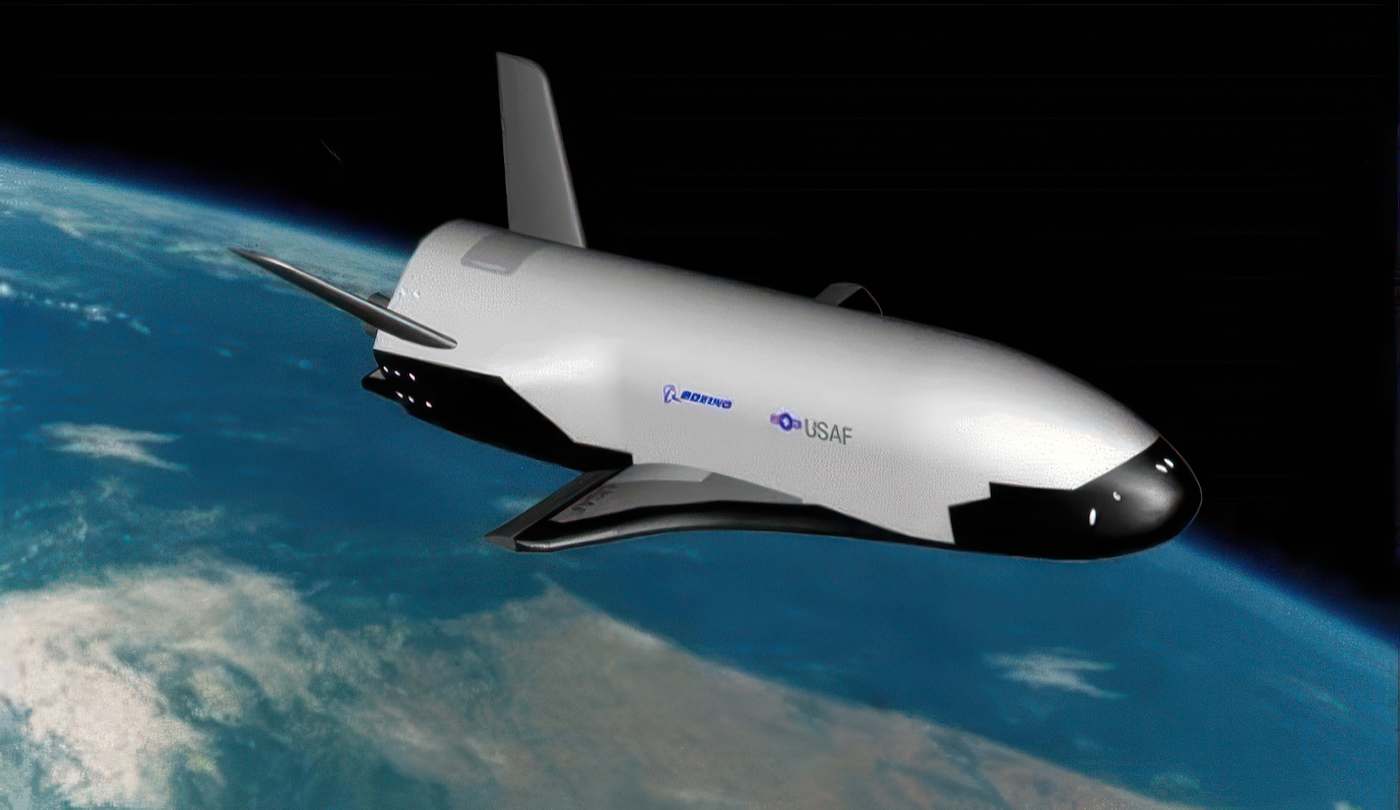The U.S. Space Force’s X-37B Orbital Test Vehicle continues its record-breaking mission, exceeding one year in orbit with advanced experiments and groundbreaking maneuvers.
Key Points at a Glance
- Mission Duration: The X-37B has surpassed one year in orbit, marking a milestone for the uncrewed spaceplane’s seventh mission (OTV-7).
- Aerobraking Innovation: This mission features the first-ever aerobraking maneuvers for the program, showcasing advanced fuel-efficient orbit-changing techniques.
- Key Experiments: Studies include radiation effects on materials and electronics, and testing new space domain awareness technologies.
- Reusable Design: The X-37B’s durability and reusability enhance the U.S. Space Force’s ability to perform extended missions and reduce costs.
The U.S. Space Force’s X-37B Orbital Test Vehicle (OTV-7) has surpassed one year in orbit, marking another milestone for the program. Launched in December 2023, the uncrewed spaceplane operates in a highly elliptical high Earth orbit, conducting a variety of classified experiments and pioneering new technologies. This mission, known as NG-1, continues the trend of progressively longer flights for the X-37B, underscoring its versatility and resilience.
A standout feature of this mission is the implementation of aerobraking maneuvers—a first for the X-37B program. Aerobraking involves the spacecraft making controlled passes through Earth’s atmosphere to reduce velocity and alter its orbit without expending significant amounts of fuel. This capability is vital for extending mission durations and achieving complex orbital objectives efficiently.
The X-37B, developed by Boeing, is a reusable spaceplane resembling a scaled-down version of the Space Shuttle. Measuring approximately 29 feet (8.8 meters) in length and featuring a wingspan of about 15 feet (4.6 meters), the vehicle is designed to operate autonomously in space and re-enter Earth’s atmosphere. Its missions, typically classified, generate significant intrigue regarding their objectives and payloads.
During its current mission, the X-37B has focused on two primary experimental domains. The first involves studying the effects of space radiation on various materials and electronics to enhance the durability of future spacecraft components. The second includes testing advanced space domain awareness technologies aimed at improving the detection and tracking of objects in orbit. These experiments align with the program’s overarching goals of advancing reusable spacecraft technology and supporting national security.
Since its inaugural flight in 2010, the X-37B has completed multiple missions, each building upon the success of its predecessors. Notable achievements include progressively longer mission durations, with the fourth mission lasting 718 days and the fifth extending to 780 days. The program’s ability to sustain operations over extended periods enables comprehensive experimentation and data collection, furthering the development of technologies essential for future space exploration and defense initiatives.
The current mission also includes a prototype payload: the Blue Ring Pathfinder. This advanced orbital logistics demonstrator is designed to validate systems for future missions requiring multi-orbit capabilities. While details of the payloads remain classified, their integration into such a versatile platform underscores the program’s strategic importance.
The X-37B’s reusable design offers several advantages. By refurbishing and reusing spacecraft for multiple missions, the program reduces operational costs while enabling rapid deployment of cutting-edge technologies. Its autonomous operations and ability to re-enter Earth’s atmosphere expand its utility across various mission profiles, from scientific research to military applications.
As the X-37B surpasses one year in orbit, it exemplifies the potential of reusable space systems to revolutionize how we approach space operations. Its contributions to advancing aerobraking, material resilience, and space situational awareness highlight the vehicle’s significance in both scientific and defense contexts. With each successive mission, the X-37B program not only pushes the boundaries of what is possible but also lays the groundwork for a future where extended, cost-effective space operations become the norm.
